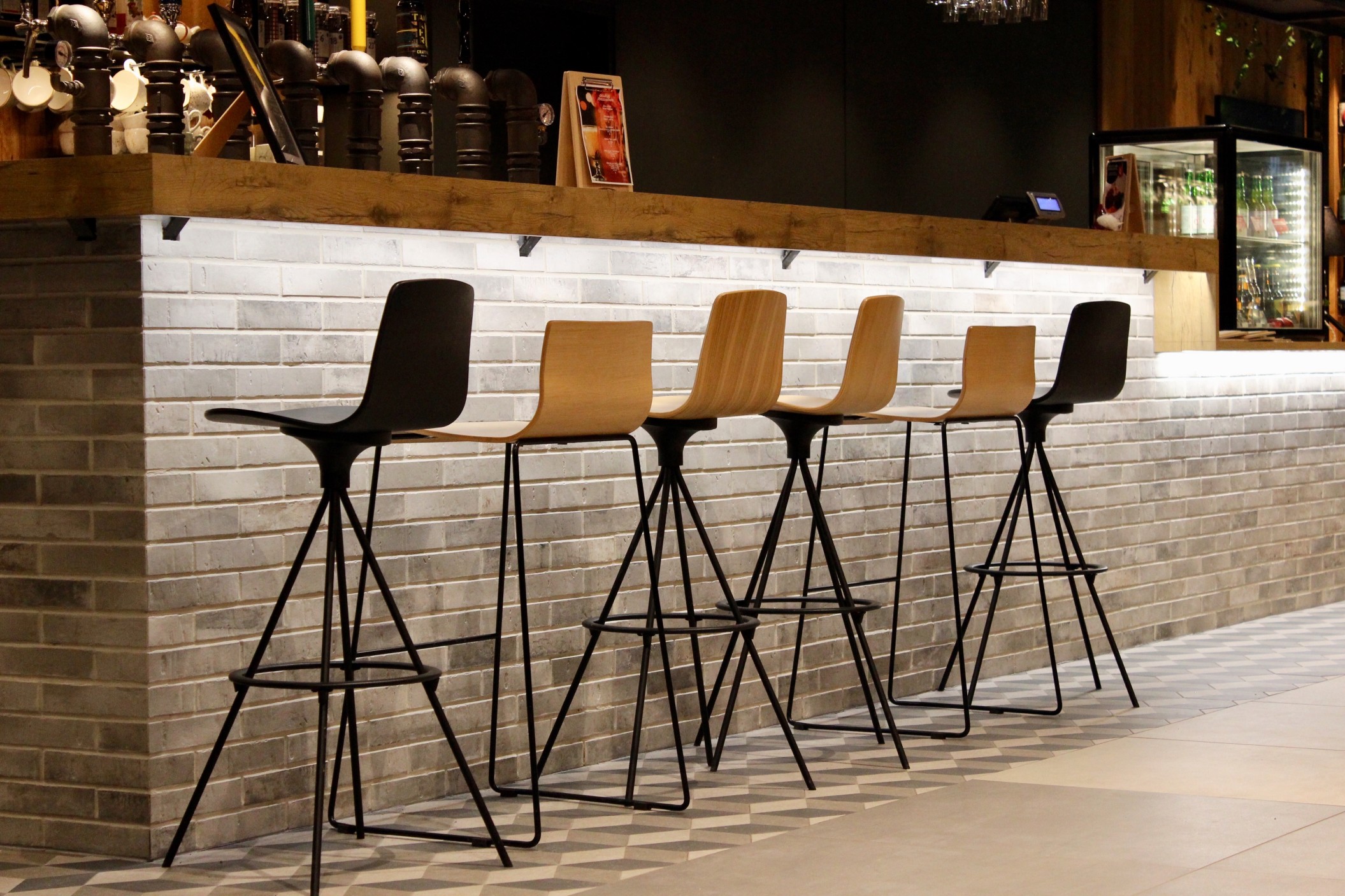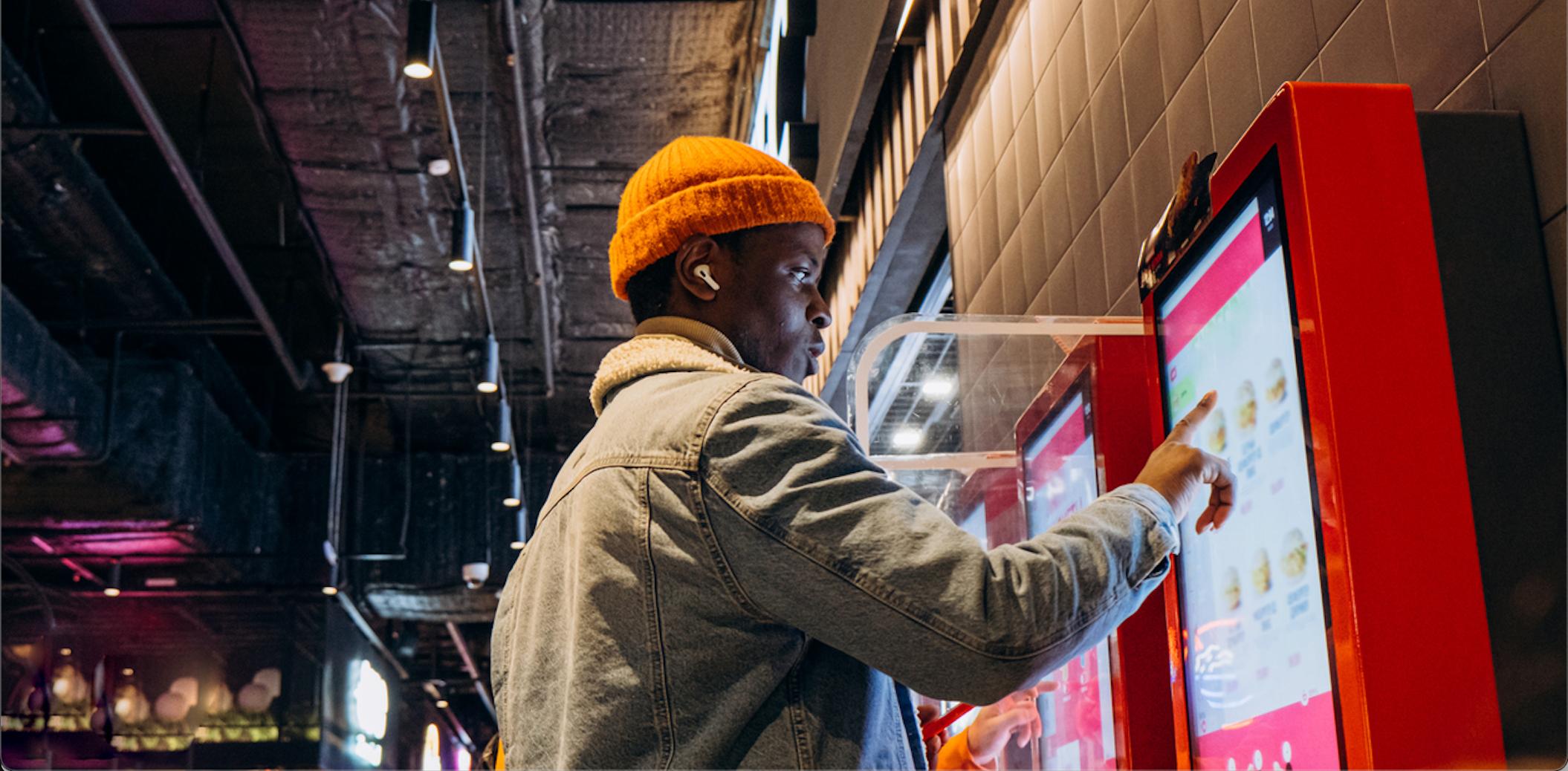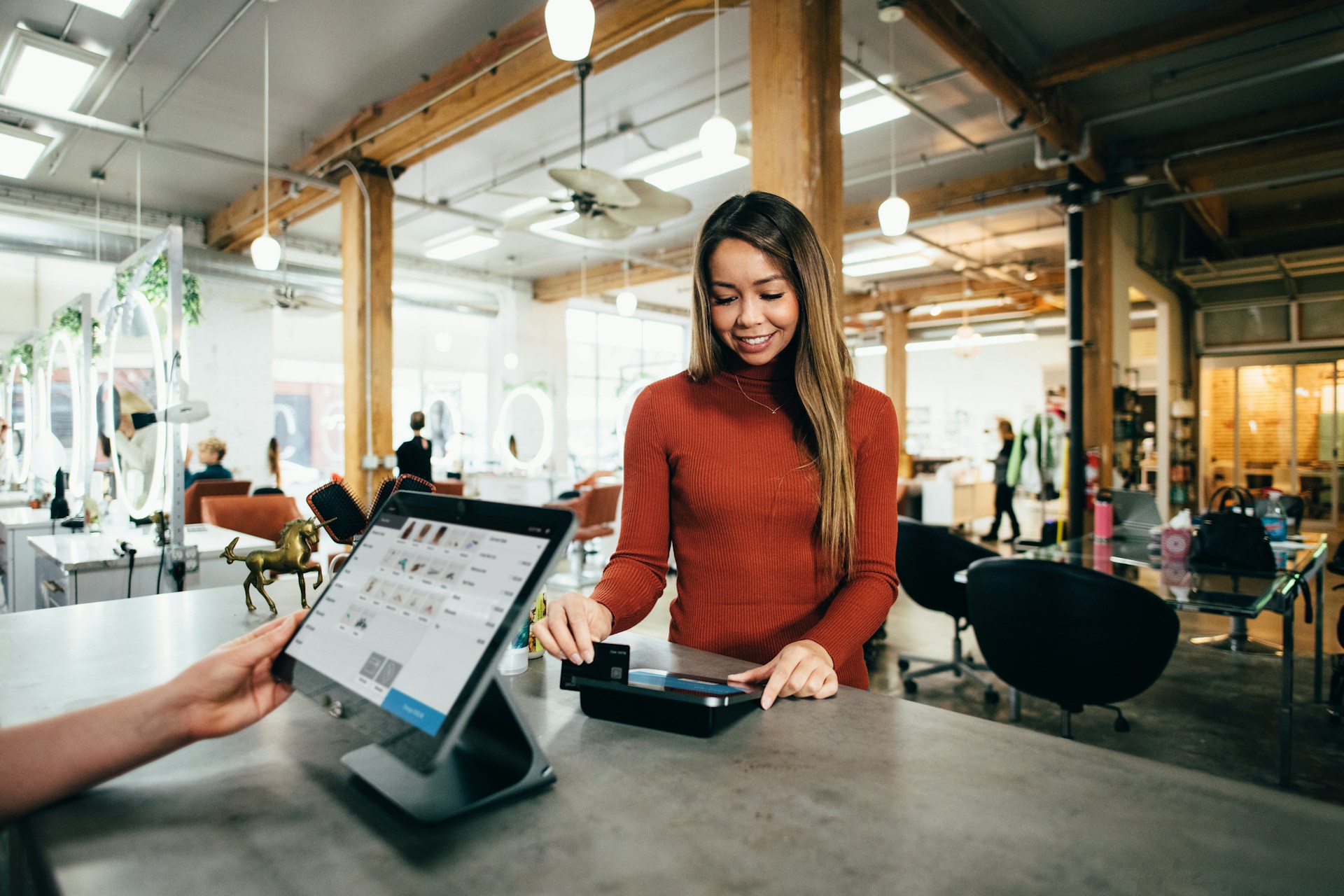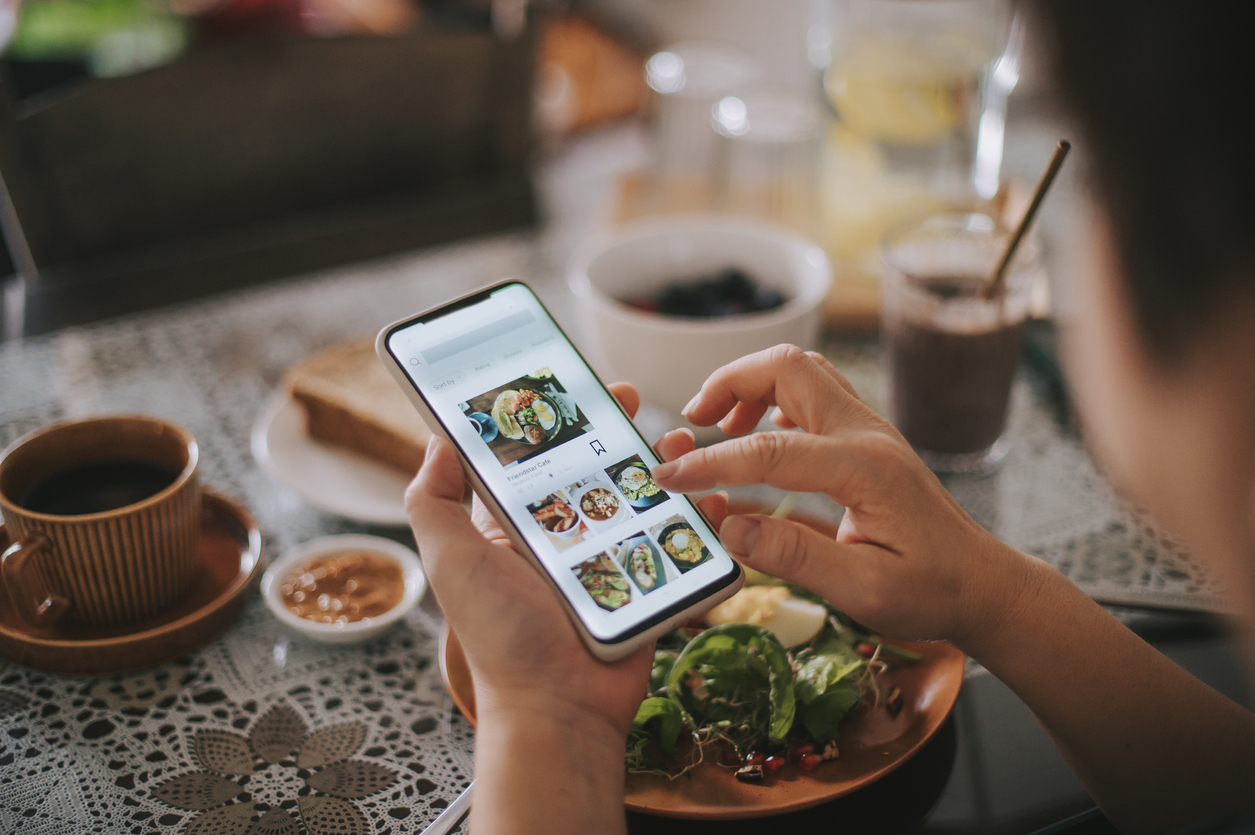Exceptional food, top-notch service, and prices that align with customer expectations. These still top the wish list of hungry guests. Except now, the secret to restaurant success is more complex. Diners hunger for convenience and choice—to buy the food they crave anytime, any way they please. Omnichannel ordering addresses these growing demands.
What is Omnichannel?
“Omni-" means "all" or "universal; ''channel" refers to "a way, a course, or direction," in this case, of ordering a meal.
Omnichannel is a multichannel-plus approach. It provides a seamless, holistic experience, even as customers are switching between channels. This applies to desktop, mobile, and in-person orders, and everything between.
Here's an example:
Jane orders her tacos from an app on her phone, and pays with a gift card, from the comfort of her office.
She might browse her options on Instagram first.
Or, she might stop in to take a seat at her favorite corner table, hovering her phone over a QR code to access your menu.
If she’s in a rush, Jane knows she has the option of punching in her lunch request from an in-store kiosk.
The kiosk encourages her to follow you on Facebook. There, she is redirected to your website where she signs up for your customer loyalty program.
When Jane’s food arrives, a flyer for a 15% dine-in discount is tucked into the bag or check folder.
In a perfect world, every channel Jane interacts with reminds her that she can reach you in a number of ways.
With omnichannel, there are many iterations and formulas for success.
It's Driven by Digital
Omnichannel is linked to the rise in digital ordering, which saw explosive growth in 2020. In 2021, customers' taste for digital is anything but sated. Morgan Stanley predicts that online ordering food revenue will rise to $220 billion in 2023 or 40% of restaurant sales. Digital orders have increased by 135% since June 2020.
Eighty-four percent of consumers now order delivery or takeout once a week.
Twenty percent of consumers say they rely more on takeout and delivery because there are more options to order and pay. Yet only 18% of operators offer the ability to order and pay ahead digitally.
How Can Your Restaurant Benefit from Omnichannel?
Expand Your Reach & Customer Base
Omnichannel builds bridges so customers can easily shift between channels. For example, suppose a customer finds your restaurant on Uber Eats. They order on this third-party platform once a week, becoming a regular. They also pass your storefront daily on their walk to work.
But your customer doesn't make the connection. Consider adding a physical menu with all takeaway orders and a voucher offering a discount when dining in. You may be able to win this delivery customer's dine-in business without a disconnect.

Improve Order Accuracy
Connected channels may improve order accuracy.
For example, suppose you partner with DoorDash, Grubhub, and Uber Eats. Consider an integration solution like ItsaCheckmate. It syncs your POS menus and item availability across your integrated ordering platforms, keeping these menus current and accurate. This prevents the often nightmarish scenario of a customer selecting an out-of-stock item.
ItsaCheckmate also injects third-party digital orders directly into the POS, so no need for staff to juggle tablets or reenter orders. This prevents human error and saves time too.
Capture Data
The ongoing debate about customer data, and who should own it, is not likely to abate anytime soon. Whether a customer orders through a marketplace or directly, there are strategies to capture this valuable information, like including a promo flyer in delivery orders.
As you start to expand and merge your channels, you'll be collecting a lot of new data. Make a habit of examining it to help you better understand who your customers are and how to better serve them.
5 Channels for Restaurant Ordering
Here are some of the top channels for restaurant ordering:
Third-Party Marketplaces
Many restaurants turn to third-party services to manage their delivery operations.
In June 2021, 49% of U.S. consumers reported they had ordered from one of the “big four” (Uber Eats, DoorDash, Grubhub, and Postmates, now an Uber Eats company).
Also in 2021, 92% of vaccinated consumers said they would continue to order takeout and delivery online and via their mobiles.
In-house Online Ordering
The consumer demand for convenience has driven big growth in order-ahead technology. This trend has led many to offer in-house or direct online ordering. With this technology, you can create a seamless experience between channels. Orders populate right into your POS which saves your team time and headache.
It also opens up new channels such as curbside pickup and in-house delivery if you choose to offer them.
Social Media
Social media can be a key component of your omnichannel strategy. The most popular platforms for restaurants are Instagram and Facebook.
Customers can now click an 'Order Food' button on your restaurant’s Instagram and Facebook pages. This redirects them to your third-party partner or in-house online ordering link.
In 2019, almost half of U.S. diners said they were enticed to try a new restaurant by its social media posts. Twenty-two percent reported a restaurant’s social posts prompted return visits.
The power of word-of-mouth is amplified in the digital world (for better or worse). After reading a referral on social media, people are 71% more likely to make a purchase.
QR Code & Tableside Ordering Apps
QR codes answer the demand for contactless ordering and payment. Data shows that by 2024 80% of the order, checkout, and payment services will be contactless.
Customers can use QR codes for tableside ordering from their phones. Once the QR code is scanned, it brings the user to the restaurant's ordering website. To maximize the experience, menus should be interactive so guests can make their selections, add modifications, and place orders from their mobile devices. Having the technology to allow them to pay by phone will also help deliver the best experience.

Voice Ordering
Technology innovations are at the forefront of the quick-service restaurant (QSR) industry. Voice assistants are now available on QSR's mobile apps, kiosks, and even drive-thrus.
According to Voicebot.ai, 64% of adults are interested in using voice AI to order food. Also, more than one-quarter of all U.S. consumers who own voice-activated devices have used them to place food orders.
This channel has grown to make it easier for customers to get their favorite food with speed and ease. QSR and fast-casual restaurant owners use voice ordering to deliver a more accurate and efficient process.
Conclusion
Omnichannel ordering gives operators access to fresh sources of revenue, boosts brand awareness, attracts new customers, and earns greater customer loyalty. An omnichannel approach also offers data insights that you can harness for improved operations and customer experience.
A silver lining of the pandemic may be that operators are exploring new and innovative ways of reaching customers. There are many different options—but don’t get overwhelmed. Every restaurant and market is different. Expand the number of ways that customers can find you, interact with you, and pay for your wares. Select a few channels to experiment with, just like you would with new menu items. You’ll soon be learning the best approach for your business and customers.
About ItsaCheckmate
ItsaCheckmate invites restaurateurs to ditch the tablets and delivery headaches to focus on what matters: serving up delicious food and delightful dining experiences.
ItsaCheckmate integrates third-party ordering channels into the core operations of restaurants, enabling them to service their off-premise customers with the same level of efficiency and excellence as their in-house customers. This helps increase the profitability of their off-premise channels, allowing them to grow their revenue along with their bottom line.
ItsaCheckmate allows operators to control all their online menus from one single source and converts their orders from various third-party platforms into one common POS format.




